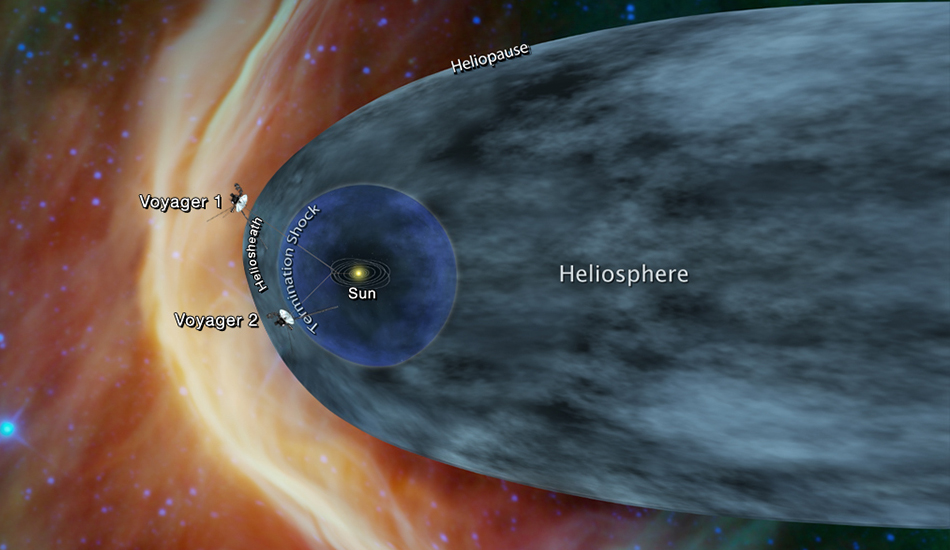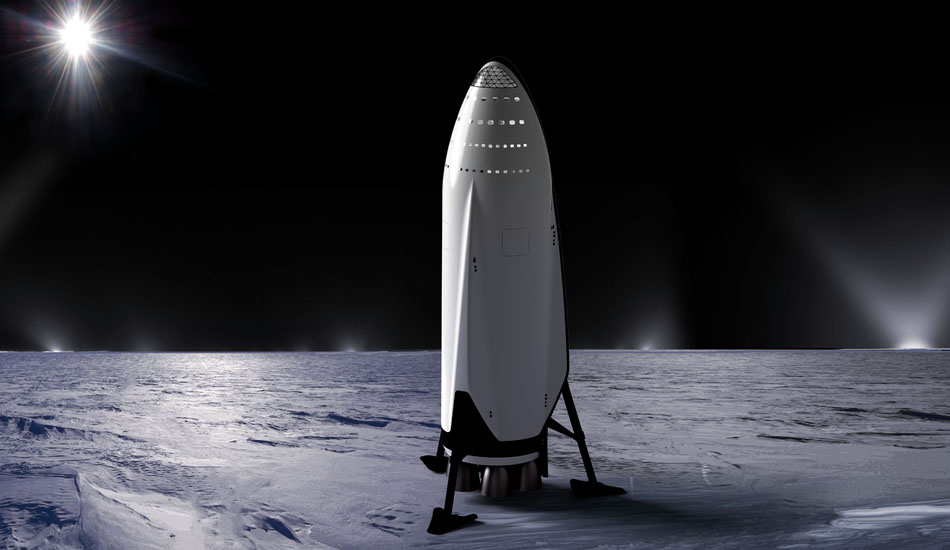After the Cold War, Is It Time for Space War?
Russia is developing a wide range of satellites to strengthen its military dominance in a potential space war — everything from a model capable of recording objects on the ground as small as 12 inches wide to ones that can be used as anti-satellite weapons from space. The new generation satellites Moscow is reportedly replacing ...













